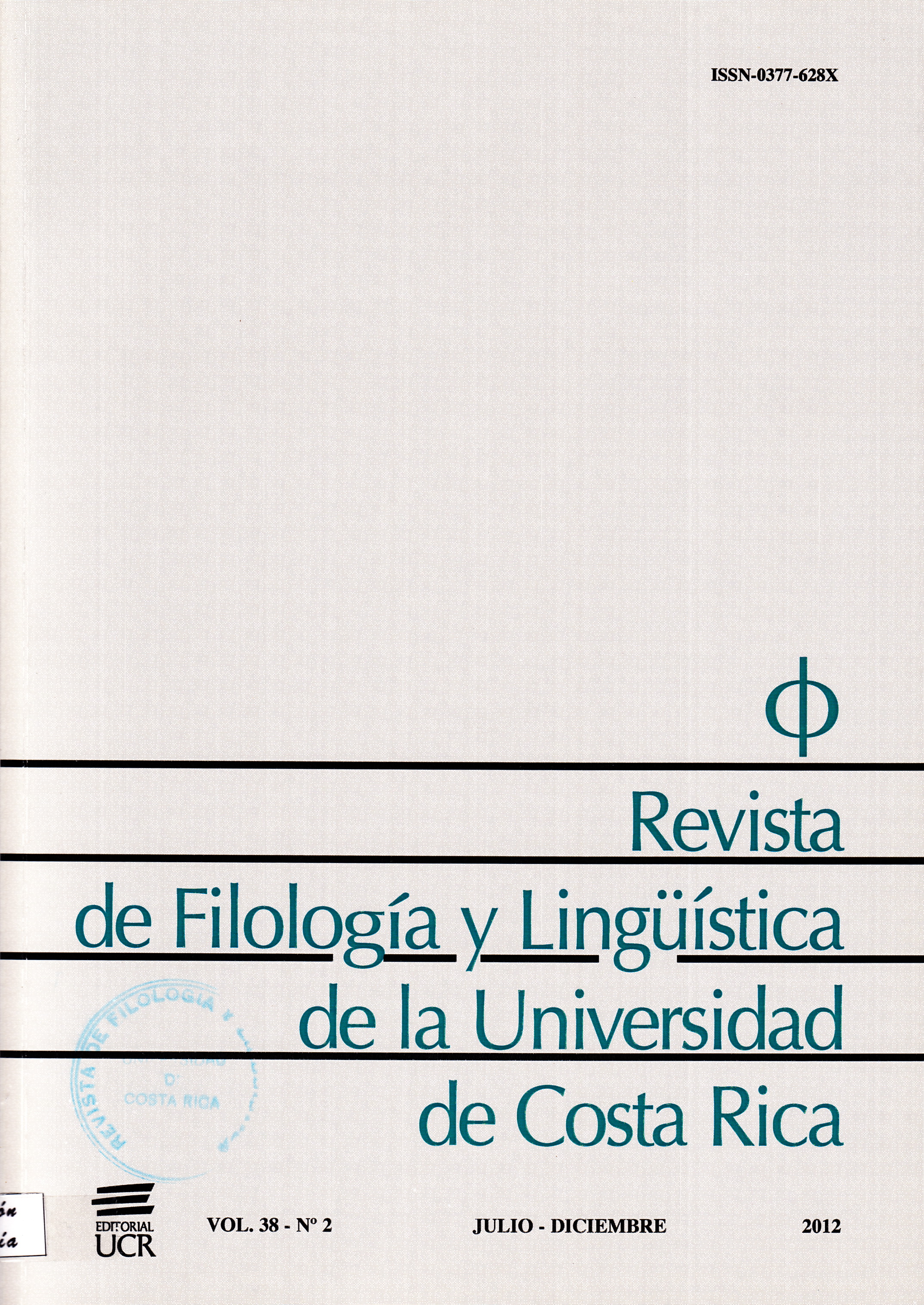Abstract
Among the various people making their living off of the street, the junkman has monopolized the attention of a number of researchers. Among the various types of junkmen is the collector of cigarette butts. Cultural representations of this social type have not as yet been analyzed. The aim of this article is to reclaim this figure from oblivion. He is represented in a multitude of literary, journalistic and visual representations of the 19th and 20th centuries. Subject to aestheticization, he appears in Spanish costumbrism (Estébanez Calderón), French boulevard press and Spanish lithography (Daumier), sculpture, Spanish novels of the twentieth century (Cela) and film. In the latter case, this article has tracked the presence of the cigarette butt collector in two films of Charlie Chaplin (The Guy, Lights of the City), in the documentary Berlin: Symphony of a Great City, Walter Ruttmann, and the film M, a city looks for a murderer, by Fritz Lang.References
Aubert, Charles. 1880. Le ramasseur de bouts d’cigares. Paris: Barbré.
Baroja, Pío. 1997. El árbol de la ciencia. Madrid: Alianza.
Becerro de Bengoa, Ricardo. 1896. “Por ambos mundos”. La Ilustración Española y Americana. 40 (17): 279.
Benjamin, Walter. 1997. “El París del Segundo Imperio en Baudelaire”. En: Poesía y capitalismo. Iluminaciones II. Madrid: Taurus.
Burke, Peter. 2005. Visto y no visto. Madrid: Cátedra.
Cela, Camilo José. 1969. Viaje a la Alcarria. Barcelona: Destino.
(1971). La colmena. Madrid: Alfaguara.
Estébanez Calderón, Serafín. 1985. Escenas andaluzas. Madrid: Cátedra.
García Ruíz, Víctor y Gregorio Torres Nebrera. 2003. Historia y antología del teatro español de posguerra. Volumen I: 1940-1945. Madrid: Fundamentos.
Klein, Richard. 1993. Cigarettes are sublime. Durham y Londres: Duke University Press.
Granés, Salvador María. Carmela. Parodia-Lírica de la Ópera Carmen (Música de Tomás Reig). Biblioteca Virtual Miguel de Cervantes Saavedra. http://cervantesvirtual.com.
Les membres du caveau. 1869. Les industries de la rue. Paris: Ch. Grou, Libraire-Editeur de Musique et Chanson.
Le Roux, Hugues. 1889. Le chemin du crimen. Paris. Victor-Havard.
Llamazares, Julio. 1994. Escenas de cine mudo. Barcelona: Seix Barral.
Mirandola, Pico de la. 8.1.1875. “Cartas parisienses”. La Ilustración Española y Americana. 19 (41): 287.
(8.1.1889). “París íntimo”. La Ilustración Española y Americana. 33 (1): 15-18.
Pardo Bazán, Emilia. 1947. “Jactancia”. Obras completas. Tomo I. Novelas. Cuentos. Madrid: Aguilar.
Paulian, Louis. 1885. La hotte du chiffonier. Paris: Librairie Hachette et Cie.
Pérez Galdós, Benito. 1944-1951. “Los duendes de la camarilla”. En: Obras completas II. Madrid: Aguilar.
(1944-1951). “Narváez”. En: Obras completas II. Madrid: Aguilar.
(1946). Torquemada en el purgatorio. Buenos Aires: Losada.
(2005). La desheredada. Madrid: Alianza.
Sabando, Julián Manuel de. 30.09.1894. “Un elemento más”. La Ilustración Española y Americana. 38 (36): 194.
VV. AA. 2002. Los españoles pintados por sí mismos. Madrid: Visor.
Véron, Pierre. 1888. Les propos d’un boulevardier. Paris: Dentu.
Filmoteca
Chaplin, Charles. 1921. The Kid. Estados Unidos: Warner Home Video, B/N. 68 min. 1931. City Lights. Estados Unidos: United Artist, B/N. 87 min.
Lang, Fritz. M. Eine Stadt sucht einen Mörder. Alemania: Vereinigte Star-Film GmbH, B/N. 87 min.
Orduña, Juan de. 1970. La tonta del bote. España: José Frade P.C., Color. 105 min.
Ruttmann, Walter. 1965. Berlin. Die Simphonie eine grosse Stadt. Alemania: Bundesarchiv Berlin. ZDF/ARTE Mainz, B/N. 65 min.
Ilustración
Honoré de Daumier. 1842. “Le ramasseur de bouts de cigares”. Placa 4 de la Serie Bohemios de París. Litografía.

